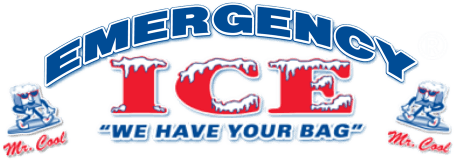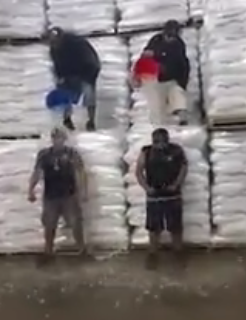A little over a year ago, the “Ice Bucket Challenge” took the summer by storm. Facebook feeds were drenched in videos and photos of people dumping buckets of ice water on their heads in the name of medical research. At the time, many criticized the trend for being a wasteful and silly act that could not possibly make a difference. However, in addition to raising awareness about an otherwise little-known disease, the seemingly mindless activity helped raise over $220 million of charitable donations. Scientists have announced a major advancement in ALS research and are giving a large chunk of credit to the Ice Bucket Challenge.
What is the Ice Bucket Challenge?
The Ice Bucket Challenge involves dumping a bucket of ice-cold water on one’s own head to promote awareness about amyotrophic lateral sclerosis, also known as ALS or Lou Gehrig’s Disease. In accordance with society’s “it-didn’t-happen-if-it-isn’t-posted-on-social-media” rule, participants upload videos of themselves completing the challenge and encourage 3 friends to post a video of themselves doing it, as well. The friends must accept the challenge. In every video, the participant states that they are completing the challenge to raise awareness about Lou Gehrig’s Disease, and encourages others to make a monetary donation to the cause, as well.
Thanks to the competitiveness, social media pressure, and online narcissism surrounding the campaign, the challenge quickly went from a fundraising effort to a viral Internet sensation. At least 1.2 million Ice Bucket Challenge videos were shared on Facebook between June 1st and August 13, with 2.2 million mentions on Twitter. From Mark Zuckerburg to George W. Bush, Oprah Winfrey, and Justin Bieber, millions of Americans spent the summer of 2014 dumping ice water on their heads and nominated their friends to do so, as well. Although the ALS Association has nothing to do with origins of the challenge, the campaign was a huge success for the organization and generated an enormous amount of donations.
Newest ALS Research from Johns Hopkins University
Johns Hopkins professor Philip Wong and his team have studied ALS for almost a decade. Wong says that the millions of donated dollars brought into the field have allowed them to pursue “high risk, high reward” experiments that they were unable to complete before. The team’s latest finding focuses on a protein called TDP-43, which is often present outside the nuclei of brain cells in ALS patients. According to an article in the journal Science, the protein, which is supposed to decode DNA, eventually kills these cells. However, when researchers inserted an engineered version of TDP-43 back into the neurons, the cells came back to life and returned to normal. Scientists now believe that the designed protein could possibly be used to slow down or cure ALS completely.–
This is a huge advancement for the 15,000 Americans living with the disease, which usually kills patients two to five years after they are diagnosed. Wong and his team will continue to experiment with the protein to see if it is a potential cure. Thanks to the large amount of donations at their fingertips, these trials are already funded.
The Unsung Hero of the Story: Ice
While the majority of praise has been given to Ice Bucket Challenge participants, Emergency Ice sees another solid champion at the center of the campaign – ICE! Whether it’s packaged ice, snow ice, or blocks of ice, it sits in every dumped bucket in the challenge. As an ice company, we believe that deserves some recognition.
Proud Supplier of Dallas Ice
After all of the attention and success it generated last year, the ALS Association has relaunched the Ice Bucket Challenge this August and will rerun the campaign every year “until there is a cure for ALS”. We encourage everyone to participate in this fun and wonderful cause, and are proud to fill your buckets with the best quality ice in Dallas and Fort Worth. With our ice delivery services, there’s no reason why we can’t make this year’s campaign even more successful than the first one.

